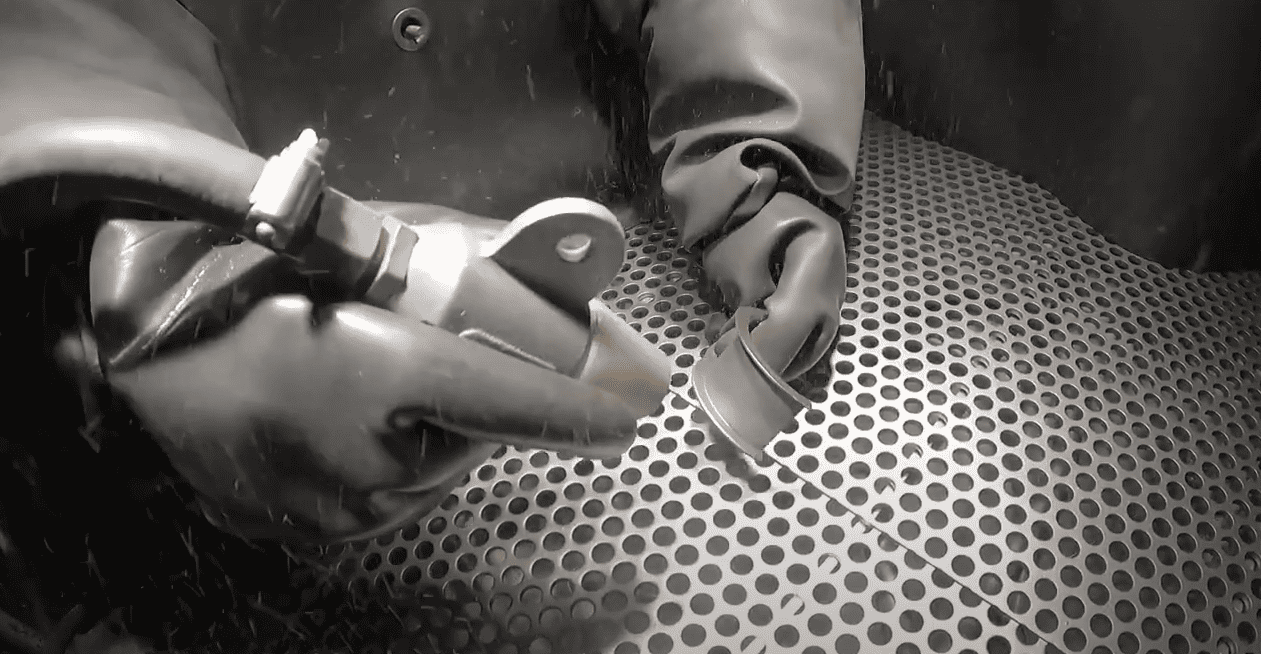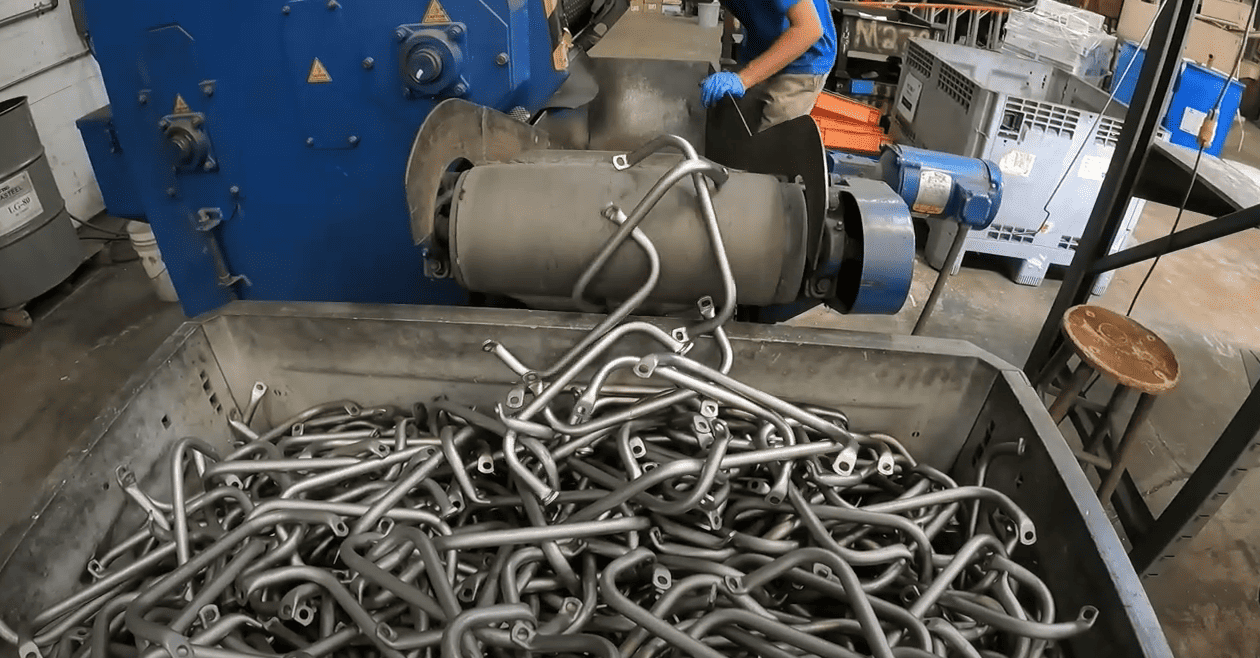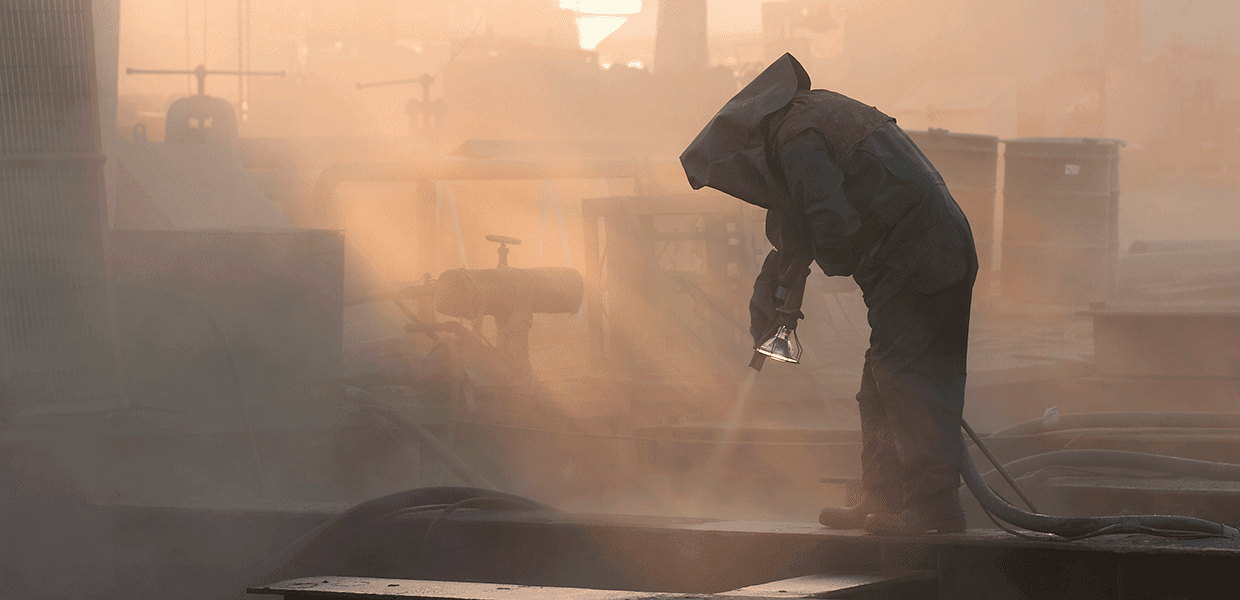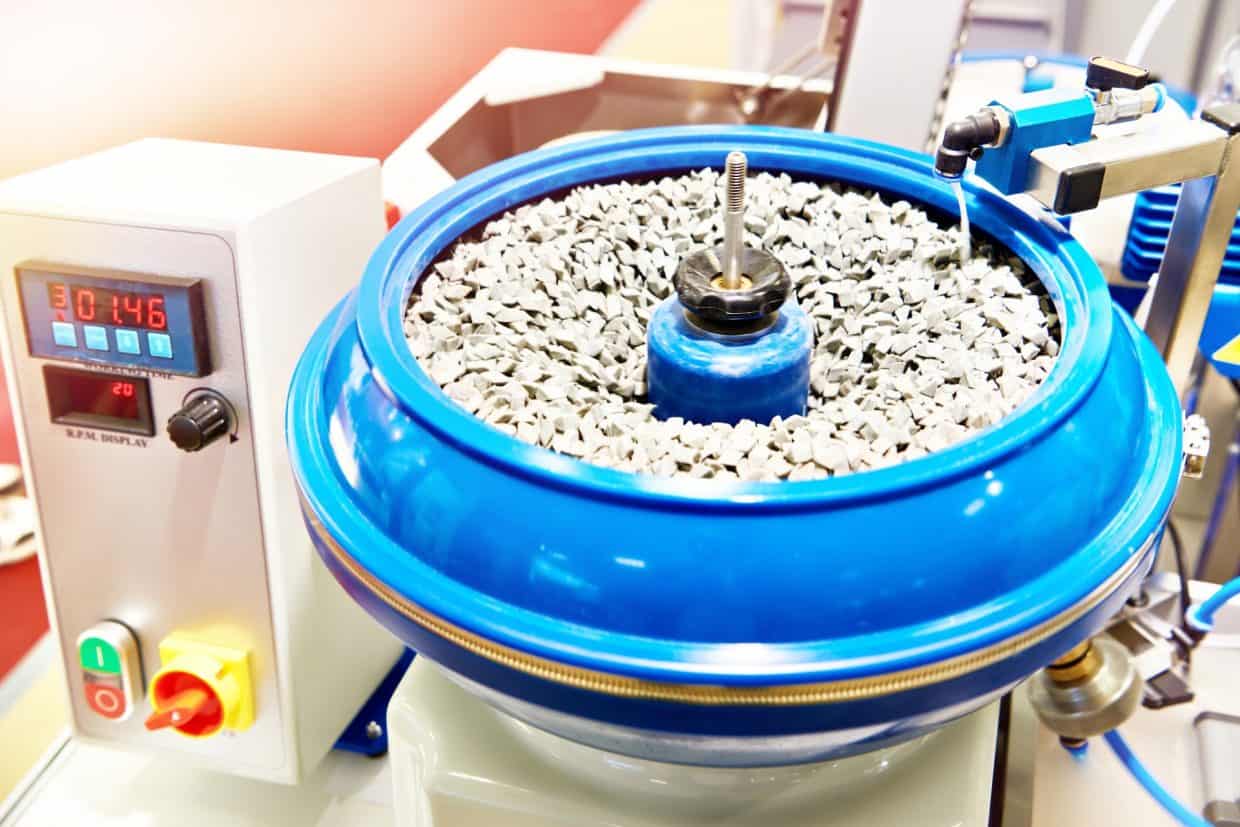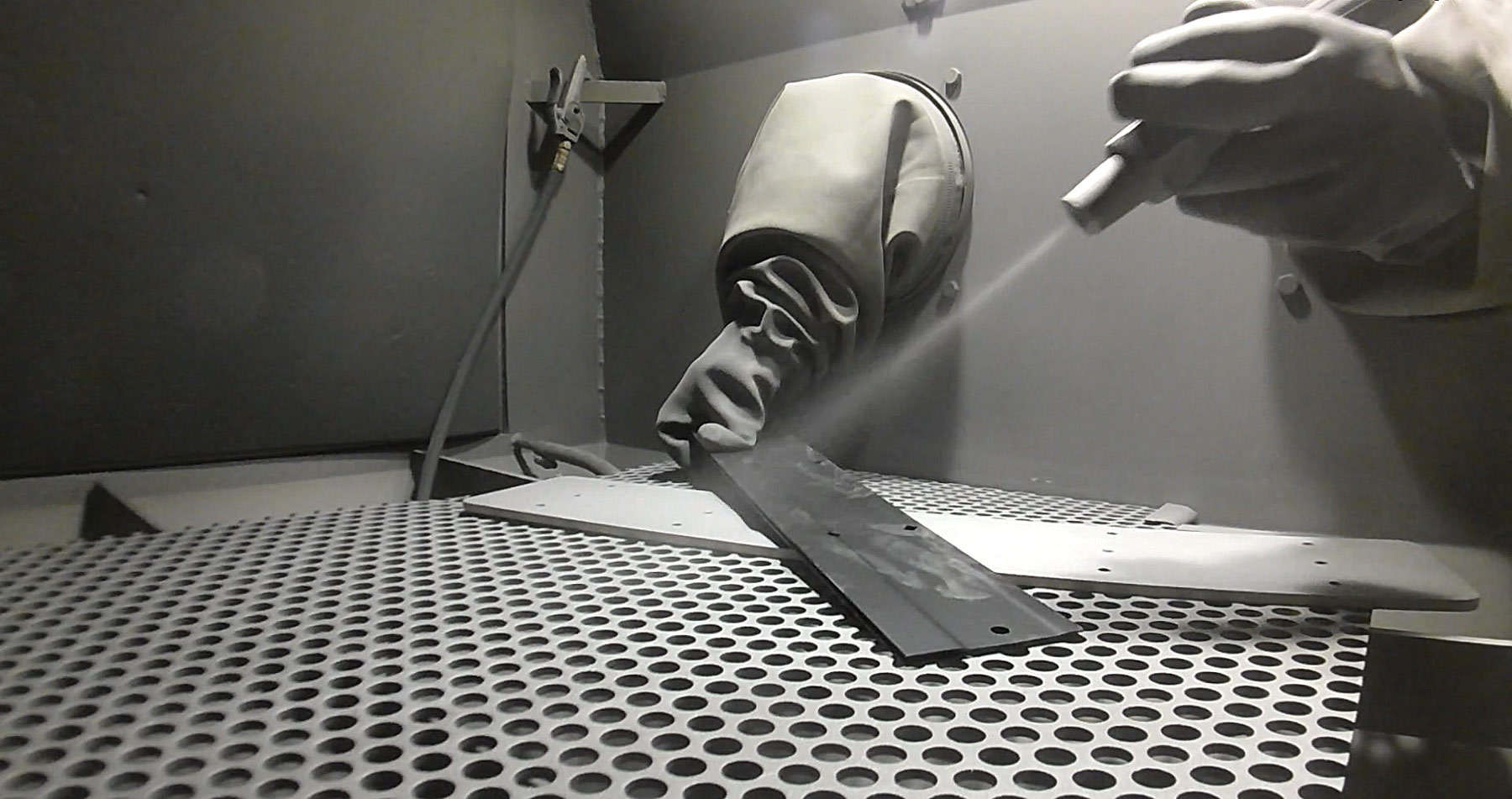The wrong size can create excessive wear and tear
Sizing Your Blast Hose The Right Way—The First Time
Selecting Blast Nozzle Size with most man-made machines, eventually parts will break down, stop working and need to be replaced. Pressure blast systems (air, water, sand) are no exception, and properly replacing parts the first time will save you both time and money in the future. One part that often needs replacement is the blast hose and replacing this can be easy if you follow a few steps set forth below.
Understanding Blast Hose Wear And Tear
The first step is understanding how blast hoses become damaged, worn and in need of replacement. A common cause of wear, tear and failure is using the wrong sized clamp, fitting or the hose itself. Pressure systems are not one size fits all, and an error in sizing may mean the difference between having sufficient pressure and running smoothly… or having another malfunction soon after you made your replacement.
The top four causes of wear and tear are:
- Twisting and over-bending
- Media selection
- Extreme pressure surges or improper PSI
- Speed
Fluid incompatibility, failure to properly maintain the blast hose (such as cleaning and safety checks) and simply old age are also contributing factors. The three most common sites of blast hole wear and tear occur at the blast pot, over the shoulder tubing and attached to the tank. But have no fear—replacing your blast hose is not rocket science, and we say, “do it once, do it right and move on to the next job.” Rodeco can help you with Selecting Blast Nozzle Size
How Much Air Supply is Needed
Proper Sizing Of Your Blast Hose
In any pressure blast system, the blast hose ID should be three or four times the ID of the nozzle orifice. Too small, and you may have too much pressure…too large, and you may not have enough pressure for the system. The 3-4x ratio serves two purposes: It prolongs the life of the blast hose, and it helps maintain adequate pressure at the blast nozzle. For example, with a ½-inch ID blast hose feeding a ½-inch orifice nozzle, the abrasive particles will move through the hose at the same rate as they exit the nozzle—roughly 400 feet per second. Along the way, the high-speed particles wear the inner tube, which causes blast hose failure. If you switch to a blast hose with twice the ID (1 inch), the media velocity drops to ¼—or about 100 feet per second, still plenty fast and still destructive to the inner tube. Increasing the blast hose ID to 1½-inches reduces particle velocity to a much lower friction of 45 feet per second—although the abrasive still exits the nozzle at a brisk 400 feet per second. In comparison, the 1½-inch blast hose will maintain blast pressure at the ½-inch nozzle, even as the orifice wears to 9/16 of an inch. Using the bigger blast hose will have more up-front costs but will last longer than a hose that is too small. Selecting Blast Nozzle Size is an important aspect of your blast media solutions, contact Rodeco today if you feel you need help!
An example of blast hose ratios:
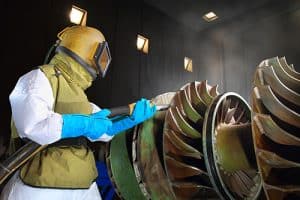
Other Blast Hose Maintenance Tips:
- Bigger is better. Hoses should be at least three times larger than the nozzle.
- Minimize the number and severity of bends because abrasive particles tend to wear the inner tube more quickly wherever the blast hose bends.
- Try to avoid operation in extreme temperatures.
- Avoid sharp bends. Media tends to move with less friction in a straight line.
- Use a whip hose. At the last 10 to 15 feet near the nozzle, use a smaller whip line for operator comfort.
- Proper maintenance. Secure connections, safety and storage are always important.

